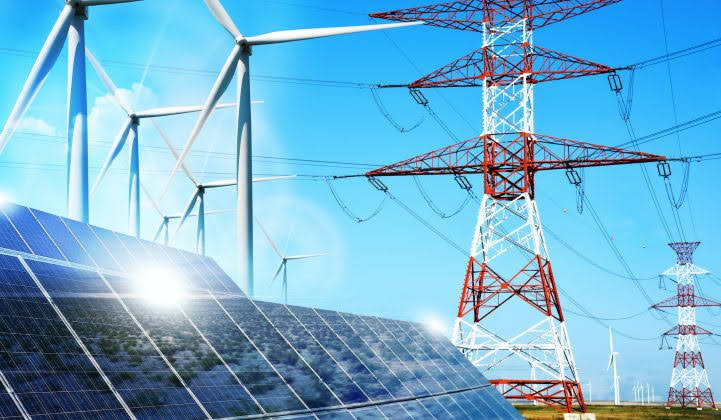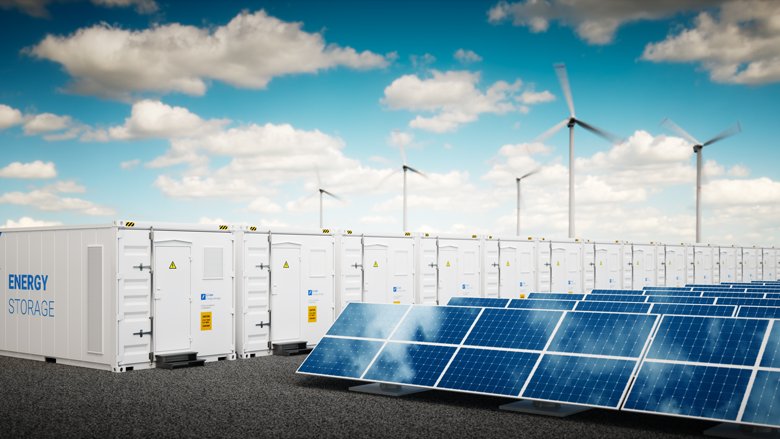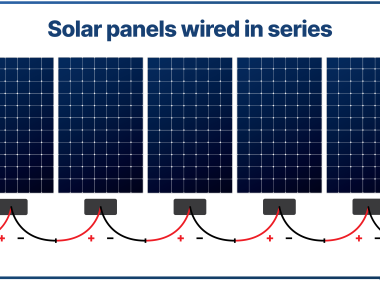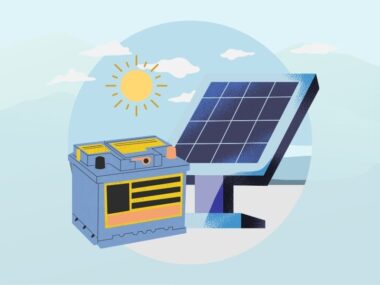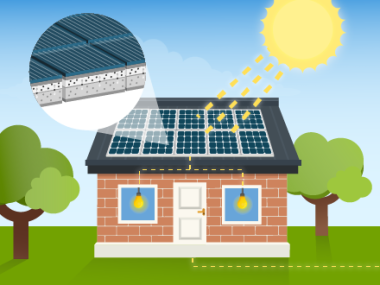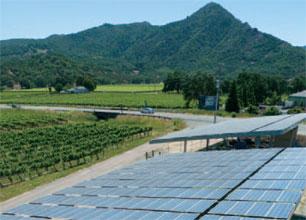The economic landscape of solar energy has undergone significant changes in the last ten years, establishing itself as a strong competitor in the global energy sector. As countries aim to shift towards sustainable and renewable energy sources, it is essential to understand the economic comparison between solar energy and traditional as well as other renewable energy sources. This comparison includes factors such as the levelized cost of electricity (LCOE), initial capital investments, operational and maintenance costs, subsidies and incentives, and the external costs related to environmental impacts.
In the past, fossil fuels such as coal and natural gas were dominant in the energy sector due to their existing infrastructure and perceived cost efficiency. However, the fluctuating prices of fossil fuels, along with increasing environmental concerns and regulatory demands, have led to a focus on cleaner alternatives. Renewable energy sources like wind, hydropower, and nuclear energy each have their own economic characteristics, but solar energy has gained significant attention for its rapid progress and decreasing costs. This overview lays the groundwork for a thorough analysis of how solar energy compares economically to these various energy sources. By examining the detailed cost structures and financial incentives, we can gain a better understanding of the economic factors influencing the adoption of solar power in today’s energy market.
Solar energy, when compared to other energy sources, presents a range of economic benefits and drawbacks. The economic feasibility of solar energy is determined by various factors, including initial installation costs, operational and maintenance expenditures, and long-term savings. Below is a detailed comparison of solar energy with other prevalent energy sources
1. Initial Installation Costs
Solar Energy:There are substantial upfront costs associated with buying and installing solar panels, inverters, and related infrastructure. However, these expenses have been declining thanks to technological advancements and economies of scale.
Fossil Fuels (Coal, Natural Gas, Oil):The initial costs for constructing power plants are generally lower in comparison to large-scale solar farms. The costs can vary considerably based on the plant’s type and location.
Nuclear Energy: Extremely high initial construction expenses are incurred due to the complex technology and stringent safety requirements.
Wind Energy: The expenses involved in establishing turbines and infrastructure are reasonably affordable. The costs may differ based on the specific location and size of the wind farm.

2. Operational and Maintenance Costs
Solar Energy:After installation, operational and maintenance costs are low. Solar panels require minimal upkeep, primarily involving cleaning and occasional inspections.
Fossil Fuels:The constant requirement for fuel supply, handling, and maintenance of intricate machinery leads to increased operational and maintenance expenses.
Nuclear Energy: Operational and maintenance costs are high, encompassing fuel processing, waste management, and strict safety measures.
Wind Energy: Relatively low operational and maintenance costs. Maintenance primarily involves periodic inspections and minor repairs.
![Operating and Maintenance Cost Chart [3] | Download Scientific Diagram](https://www.researchgate.net/publication/228749201/figure/fig1/AS:650845284728833@1532185016421/Operating-and-Maintenance-Cost-Chart-3.png)
3. Environmental Impact and Regulatory Costs
Solar Energy: Minimal environmental impact and zero greenhouse gas emissions during operation. The regulatory environment and incentives are becoming increasingly favorable.
Fossil Fuels: Substantial environmental consequences resulting from greenhouse gas emissions and pollution. Escalating regulatory expenses associated with emissions management and carbon pricing.
Nuclear Energy: Low greenhouse gas emissions, but high costs and environmental risks are associated with radioactive waste and potential accidents
Wind Energy: Low environmental impact and no greenhouse gas emissions during operation. There is some effect on wildlife and local ecosystems, but the regulatory environment is generally favorable.
4. Long-Term Savings
Solar Energy: The sun’s free energy leads to significant long-term savings. Solar systems have the capability to produce electricity for a period of 25-30 years or even longer, resulting in a substantial reduction in electricity expense
Fossil Fuels: Fuel prices have a substantial impact on long-term expenses, as they are subject to significant fluctuations. Additionally, fossil fuel plants encounter rising regulatory expenses associated with emissions.
Nuclear Energy: The plant’s intended lifespan plays a crucial role in determining the magnitude of long-term savings, provided that it operates efficiently and safely. Nevertheless, the process of decommissioning and waste disposal can incur significant expenses.
Wind Energy: Long-term savings are also important, given that wind is a renewable resource. The price of wind power has been decreasing as a result of advancements in technology.
5. Reliability and Energy Storage
Solar Energy: Solar power is an energy source that relies on the availability of sunlight, making it intermittent. To guarantee reliability, energy storage solutions like batteries or backup systems are necessary.
Fossil Fuels: Reliable and consistent energy supply. Can be adjusted to meet demand fluctuations.
Nuclear Energy: Offers an unwavering and uniform energy provision. Can function ceaselessly for extended durations. 2. Delivers a reliable and steady energy source. Has the capability to operate without interruption for prolonged periods. 3. Ensures a dependable and unvarying energy supply. Can function continuously for extensive timeframes. 4. Guarantees a consistent and stable energy provision. Can operate without interruption for extended periods. 5. Provides a steady and reliable energy source. Can function continuously for prolonged durations.
Wind Energy; Wind power is an intermittent energy source that relies on wind conditions. In order to guarantee reliability, it necessitates energy storage or backup systems.
